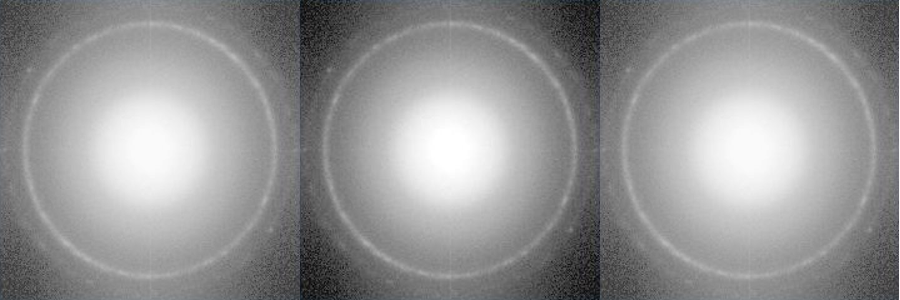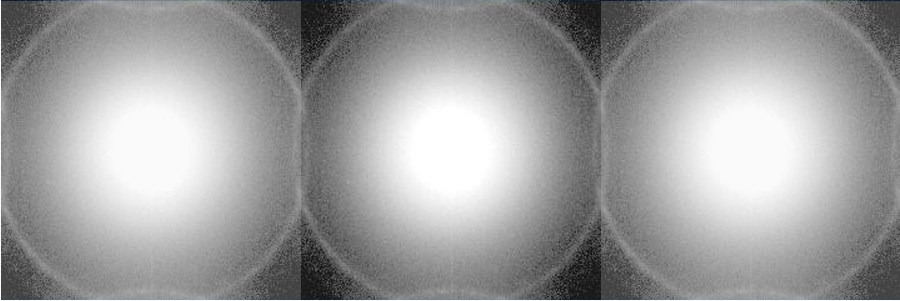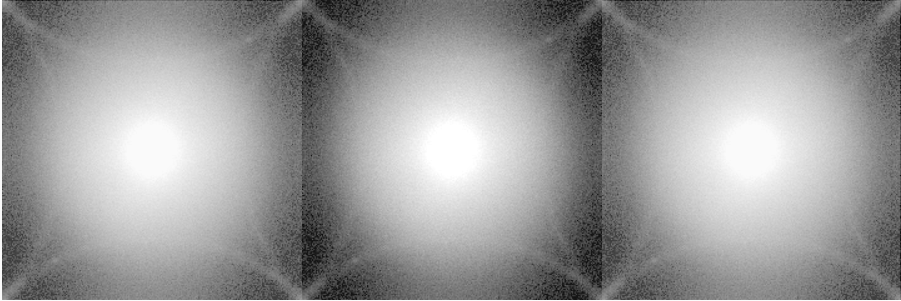Nyquist Frequency
The Nyquist-Shannon sampling theorem (Nyquist) states that a signal sampled at a rate F can be fully reconstructed if it contains only frequency components below half that sampling frequency: F/2. This frequency is known as the Nyquist frequency and is shown in the figures below. The theory intentionally excludes image components at the Nyquist frequency since at this frequency the detailed alignment of the image component with the pixel becomes critical.


When a component of the signal is above the Nyquist, a sampling error occurs that is called aliasing. Aliasing “names” a frequency above Nyquist by an “alias” the same distance below Nyquist.


Aliasing in TEM images
For a high-resolution TEM sensor, spatial frequency components that are higher than Nyquist will be aliased to a lower frequency, as shown in the example above. Direct detection sensors that have high detective quantum efficiency (DQE) near Nyquist, will alias signal more strongly than scintillator and CCD–based cameras. When an aliased signal cannot be easily distinguished from the background, it can act as a source of noise in the image signal.



Super-resolution on the K3® and K2® cameras can minimize the performance loss due to aliasing.